
Predicting the Woman Hairstyles of the Future: 7 Trends Shaping the Next Decade | Tech & Sustainability
12 min read

12 min read

12 min read
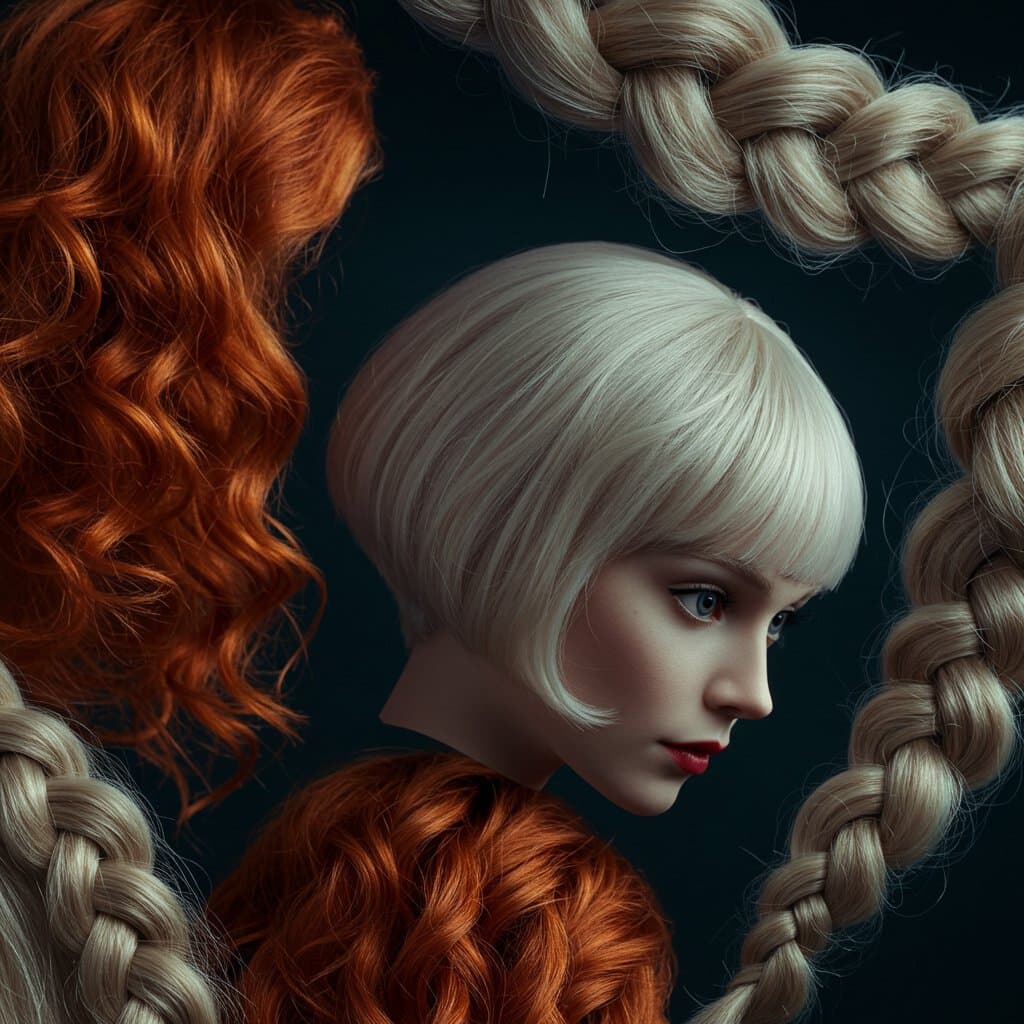
14 min read
Download our app to instantly see how you'd look with any hairstyle or color
Get the App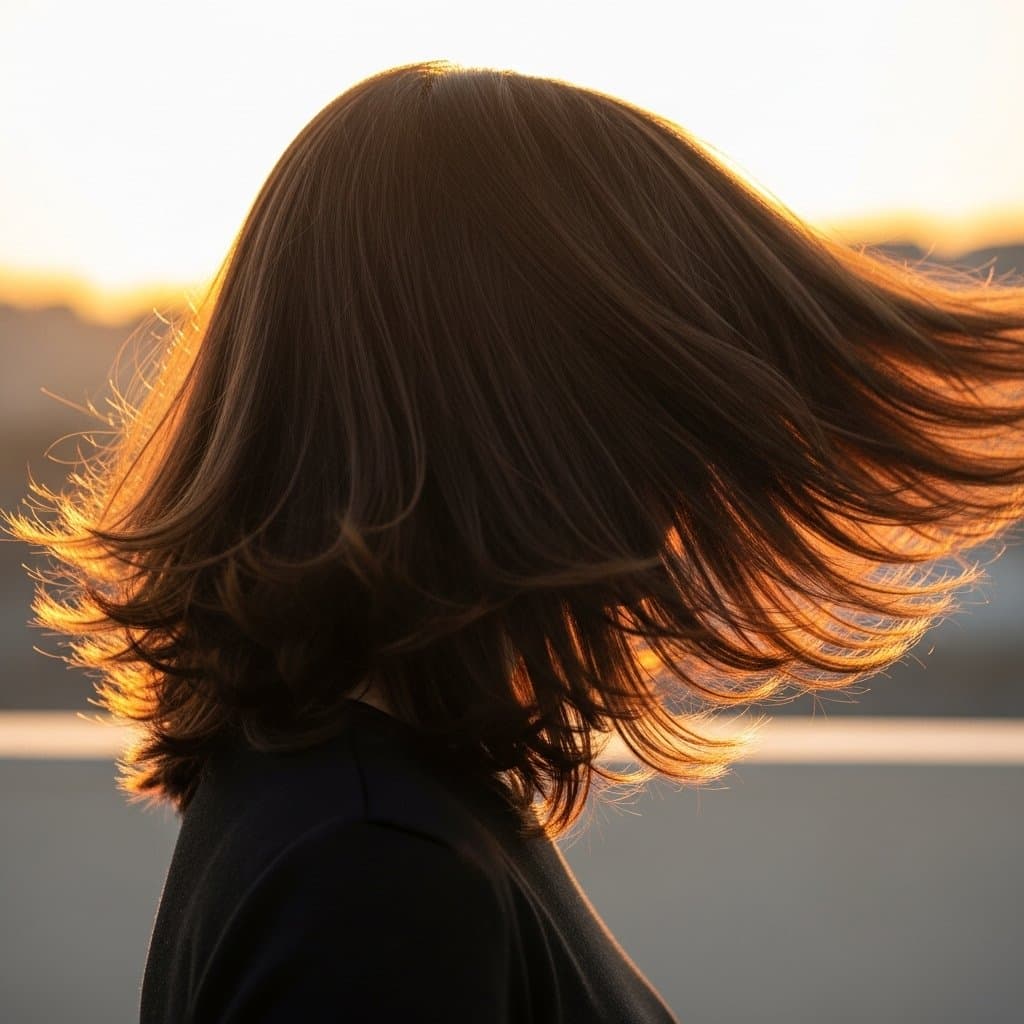
12 min read

14 min read

13 min read
Download our app to instantly see how you'd look with any hairstyle or color
Get the AppFrom the earliest epic poems to the bedtime stories whispered to children, hair has been far more than just a physical attribute. It is a powerful symbol, a silent language woven into the very fabric of our cultural narratives. The rich tapestry of hair in mythology and folklore reveals a universal understanding of hair as a conduit for strength, a vessel for magic, a mark of identity, and a reflection of the soul. These ancient tales are not merely fanciful stories; they are windows into how our ancestors perceived the world and the profound significance they placed on the locks that crowned their heads. Whether a source of divine power, a terrifying curse, or a symbol of life itself, the stories of mythological hair continue to resonate, reminding us that every strand tells a story.
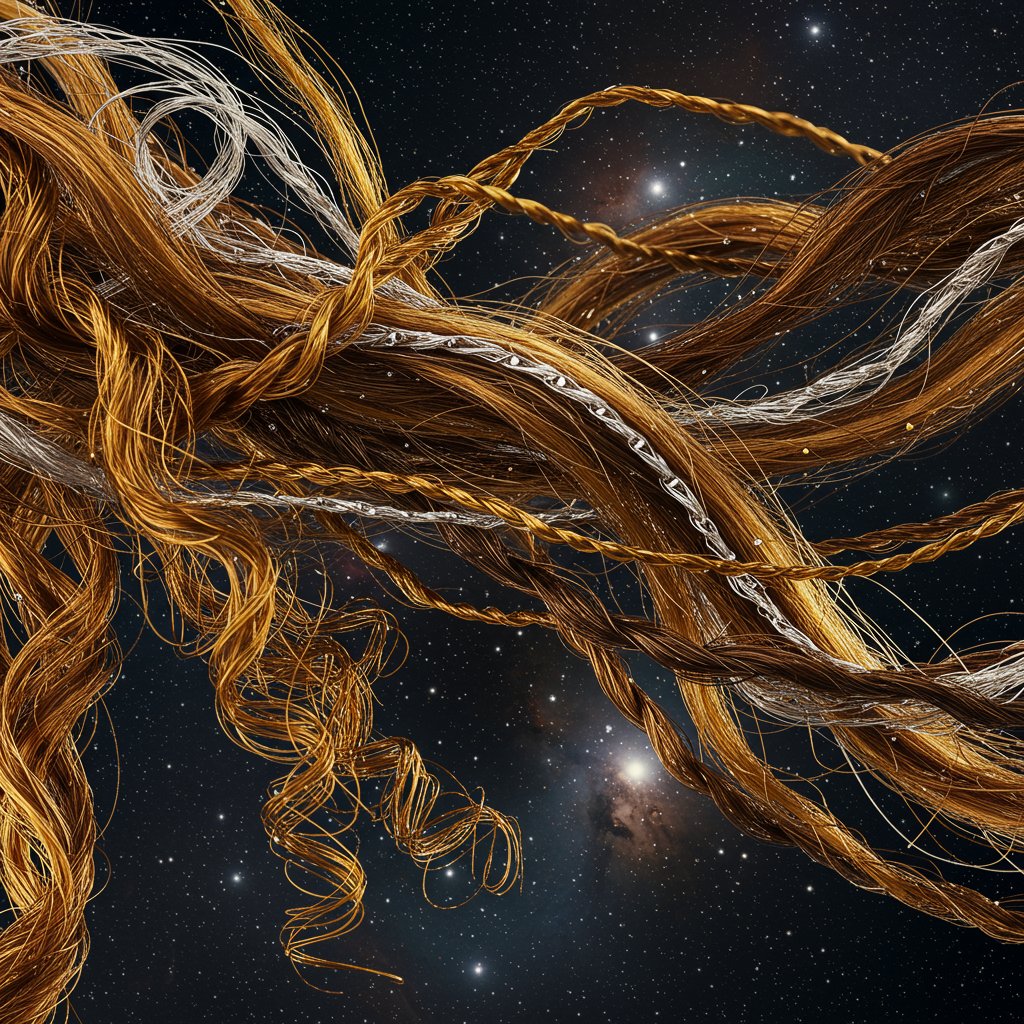
Across civilizations, hair has been treated with reverence and ritual. The act of growing it, cutting it, braiding it, or covering it has been imbued with deep meaning. In many cultures, hair was seen as a physical extension of a person's thoughts and spirit—an antenna connecting them to the divine, the natural world, and their own inner power. This belief is the cornerstone of countless myths, where a hero's strength is bound to his long locks, a goddess's fertility is mirrored in her golden tresses, and a monster's terror is embodied in her serpentine curls. By exploring these powerful narratives, we can gain a deeper appreciation for our own hair and the personal stories it helps us express today.
Perhaps the most iconic story connecting hair to physical prowess is the biblical account of Samson. Blessed by God with superhuman strength, Samson was a Nazirite, bound by a vow that forbade him from cutting his hair. His long, flowing locks were not merely a symbol of his vow, but the very source of his incredible power. He could tear lions apart with his bare hands and slay a thousand men with the jawbone of a donkey. His hair was his covenant with the divine, a tangible representation of his God-given gift. This direct link between hair length and physical might established a powerful archetype that has echoed through storytelling for centuries.
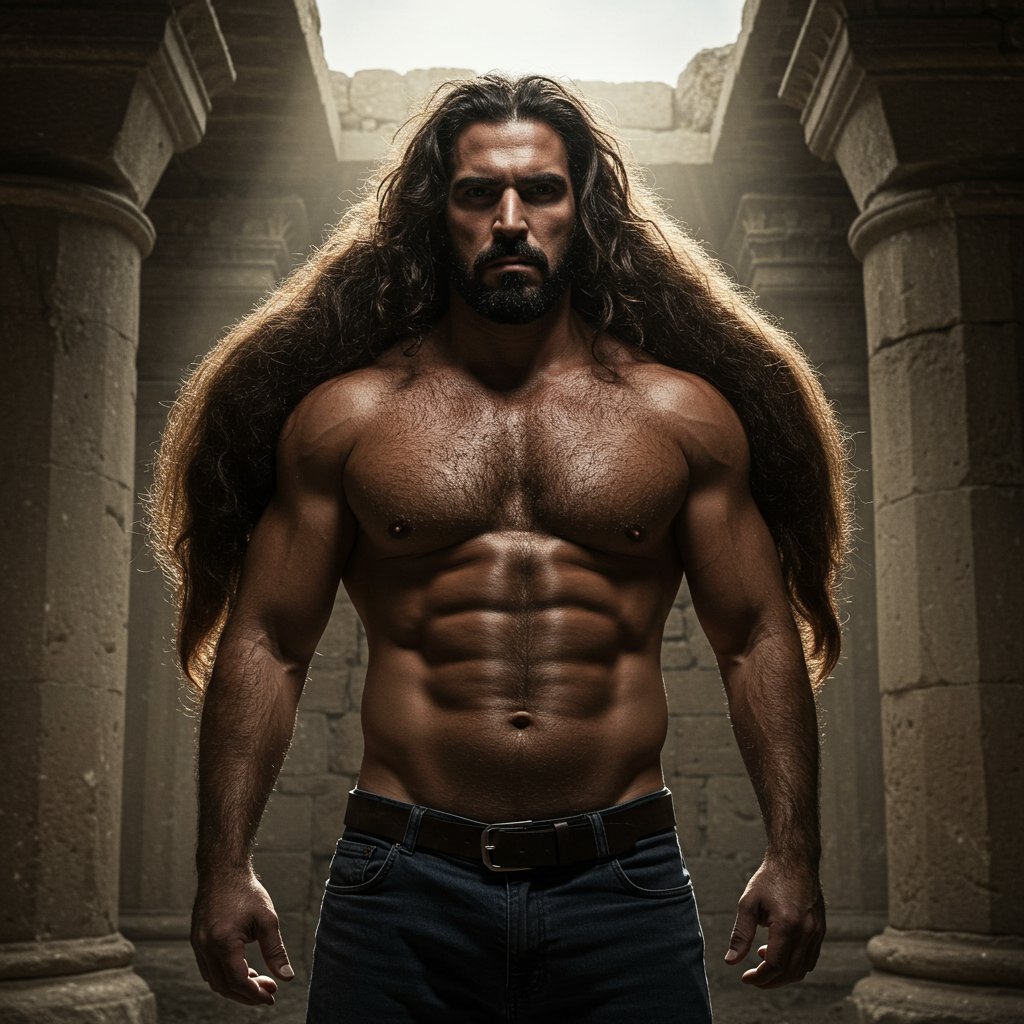
The tragedy of Samson lies in the betrayal by Delilah, who coaxed from him the secret of his strength. While he slept, she had his seven locks of hair shaved, rendering him powerless and vulnerable. His subsequent capture and blinding underscore the catastrophic consequences of losing this vital part of himself. It wasn't just a haircut; it was the severing of his divine connection, the loss of his identity, and the forfeiture of his power. The story's climax, where his hair begins to grow back, allowing him one final act of monumental strength to destroy his enemies, reinforces the central theme: hair as the ultimate vessel of power and rebirth.
The act of cutting Samson's hair is deeply symbolic. It represents emasculation, betrayal, and the stripping away of one's innate power. In many ancient societies, a forced haircut was an act of humiliation and subjugation, used on prisoners of war or slaves to break their spirit. Delilah's actions are a potent metaphor for how intimacy can be weaponized and how revealing one's deepest vulnerabilities can lead to ruin. The story serves as a timeless cautionary tale about the sources of our personal strength and the importance of protecting them.
In the realm of Greek mythology, no hairstyle is as infamous as Medusa's. Once a beautiful priestess of Athena, renowned for her lovely hair, Medusa's fate took a dark turn after she was violated by the god Poseidon within Athena's temple. Enraged by the desecration, Athena did not punish Poseidon but instead transformed Medusa's beautiful locks into a writhing mass of venomous snakes. Her gaze now turned any living creature to stone. Medusa's hair, once a symbol of her beauty and devotion, became the instrument of her curse and a terrifying weapon.
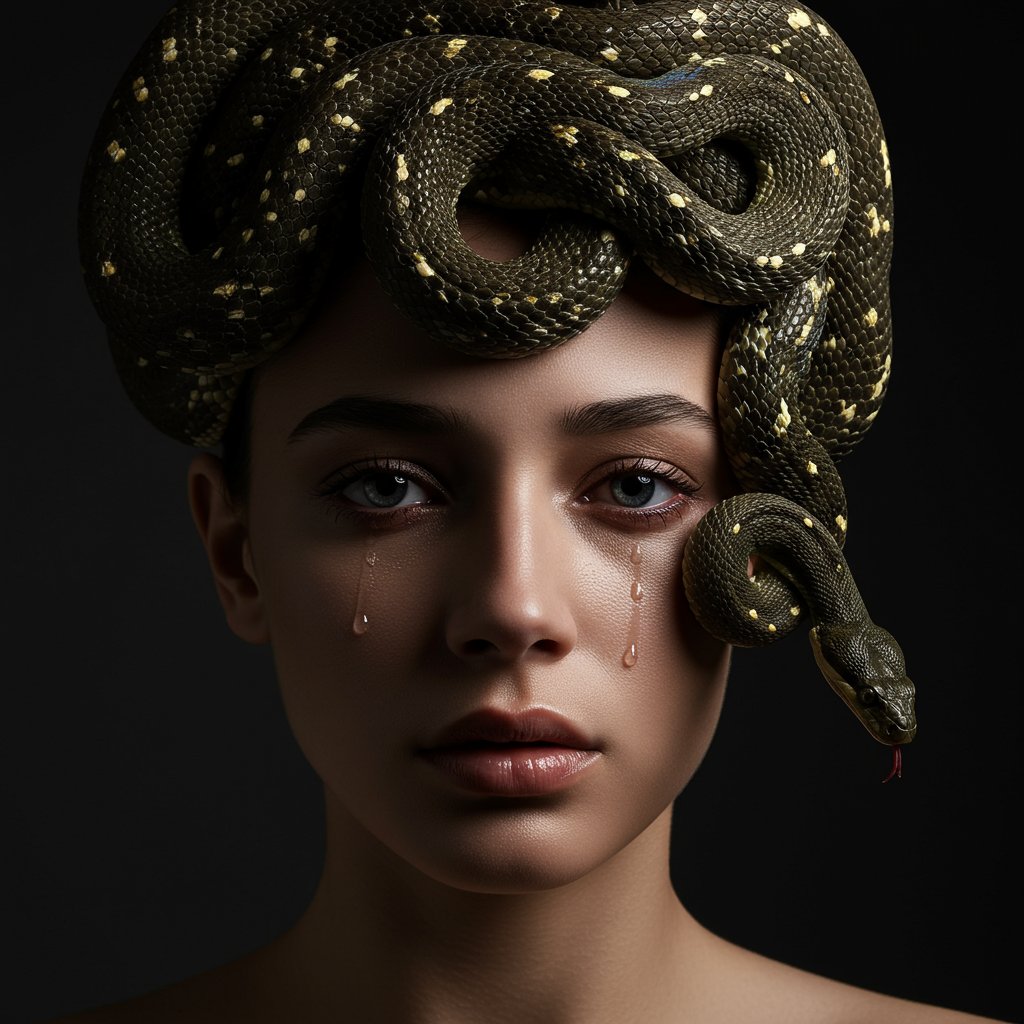
Medusa's story is a complex tragedy. Her serpentine hair represents a multitude of themes: divine punishment, female rage, and the monstrous feminine. She is a figure of immense power, yet this power stems from trauma and injustice. Her hair is no longer soft and alluring but dangerous and deadly, a physical manifestation of her pain and a defense mechanism against a world that wronged her. Unlike Samson, whose power was innate and heroic, Medusa's is a cursed strength, isolating her and turning her into a feared outcast. The snakes themselves are potent symbols, often associated with poison and danger, but also with rebirth and transformation, highlighting the duality of her character.
In modern interpretations, particularly within feminist discourse, Medusa has been re-examined. She is often seen not as a monster, but as a survivor of assault, her terrifying appearance a symbol of righteous fury against patriarchal violence. Her snake-hair becomes a crown of protective power, a warning to those who would harm her. This re-framing showcases the enduring power of myth to evolve and reflect contemporary societal concerns, proving that the symbolism of Medusa's hair—as a source of both terror and empowerment—is as relevant as ever.
Golden hair is a recurring motif in folklore, often symbolizing purity, divinity, royalty, and immense value. Two prominent figures who embody this are Rapunzel from German folklore and Sif from Norse mythology. Rapunzel, locked away in a tower, possesses impossibly long, strong golden hair that serves as a ladder for her captor and, later, her princely rescuer. Her hair is both her prison and her key to freedom. It represents her trapped potential and the extraordinary means by which she connects to the outside world. The strength of her hair is literal, capable of bearing a man's weight, tying her story directly to the physical capabilities of her locks.
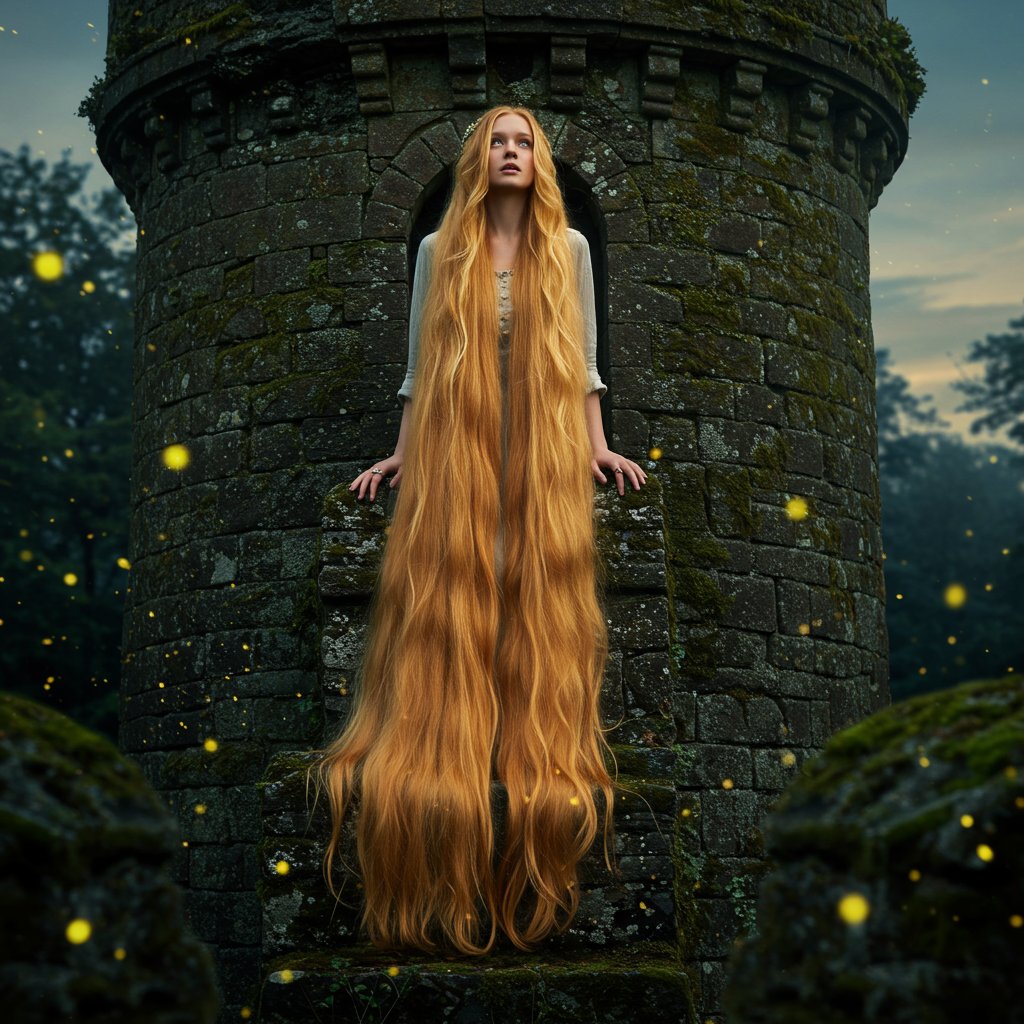
In Norse mythology, the goddess Sif, wife of Thor, was famous for her magnificent golden hair, which was said to be like a field of ripe wheat. Her hair was a powerful symbol of agriculture, fertility, and the harvest. The trickster god Loki, in an act of pure malice, sheared off Sif's hair, an act that threatened the prosperity of the gods and the earth. The theft of her hair was a grave offense, symbolizing the potential for famine and barrenness. To right his wrong, Loki was forced to have dwarves forge new hair for Sif from pure gold, which would grow just like real hair. This myth powerfully illustrates hair as a symbol of life, natural cycles, and divine feminine energy.
For the ancient Celts, hair was considered an extension of the soul and a source of spiritual power. Located at the highest point of the body, it was seen as a conduit between the individual and the heavens, a physical antenna for divine energy and intuition. Long, well-kept hair was a sign of vitality, freedom, and status. Warriors, in particular, were known for their elaborate hairstyles, often washing their hair in lime water to stiffen it into fearsome spikes, believing it enhanced their strength and ferocity in battle. This belief system positioned hair as an integral part of one's spiritual and physical identity.
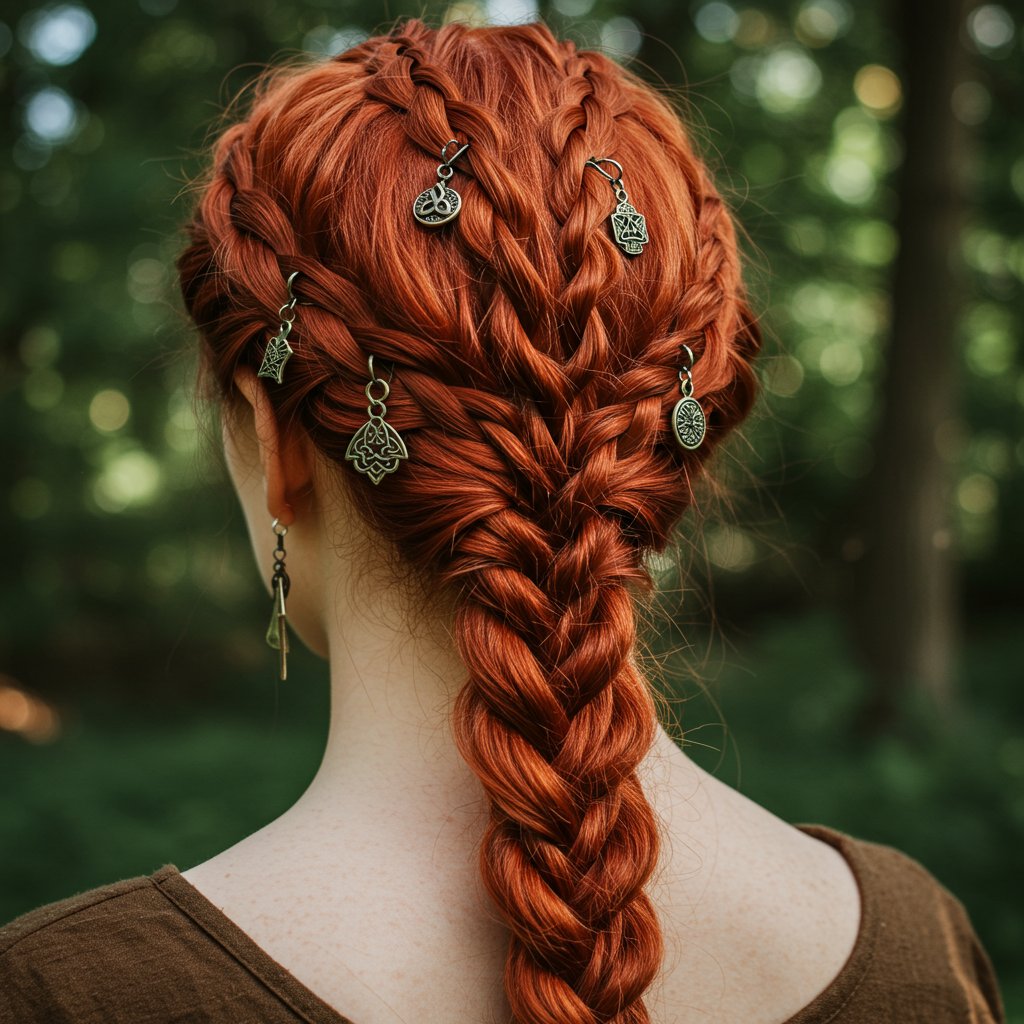
Braids and knots held profound significance in Celtic culture. Far from being merely decorative, these intricate weavings were seen as magical charms. A Celtic knot, with its endless, interwoven lines, symbolized eternity, loyalty, and the interconnectedness of all life. Braiding hair was a meditative, ritualistic act, believed to trap or enhance thoughts and prayers. A braid could be a spell for protection, a symbol of a bond between two people, or a way to focus one's spiritual energy. The complexity of the braid could reflect the complexity of the intention woven into it, making hairstyling a form of practical magic.
Across many Native American tribes, hair is held as sacred, a physical manifestation of one's spirit and a connection to the Creator and the earth. Long hair, often grown from birth and never cut, is seen as a living record of one's life, experiences, thoughts, and prayers. Each inch represents a part of one's journey, making the hair a deeply personal and spiritual timeline. This belief fosters a profound respect for hair, not just as a part of the body, but as an extension of one's being. It is often referred to as a 'spiritual antenna,' heightening one's connection to the world and fostering a greater sensitivity and intuition.

Braiding is also a practice rich with symbolism. The three strands of a braid are often said to represent the body, mind, and spirit, and weaving them together signifies a state of balance and wholeness. The act of braiding can be a daily prayer or meditation. Conversely, the cutting of hair is a powerful act, typically reserved for times of deep mourning. Cutting the hair symbolizes the severing of a connection to a loved one who has passed on, a physical representation of grief and the end of a chapter in one's life. This solemn ritual highlights the immense emotional and spiritual weight attributed to hair within these cultures.
In Japanese folklore, particularly in tales of Yūrei (ghosts), hair takes on a more sinister and terrifying role. A defining characteristic of the Onryō—a vengeful spirit, almost always female—is her long, black, disheveled hair (kurokami). This hair often seems to have a life of its own, moving to ensnare victims, cover the ghost's face to create a sense of terrifying anonymity, or cascade in unnatural ways. Think of iconic figures like Sadako from 'The Ring' or Kayako from 'The Grudge'; their power and horror are inextricably linked to their flowing, dark manes.
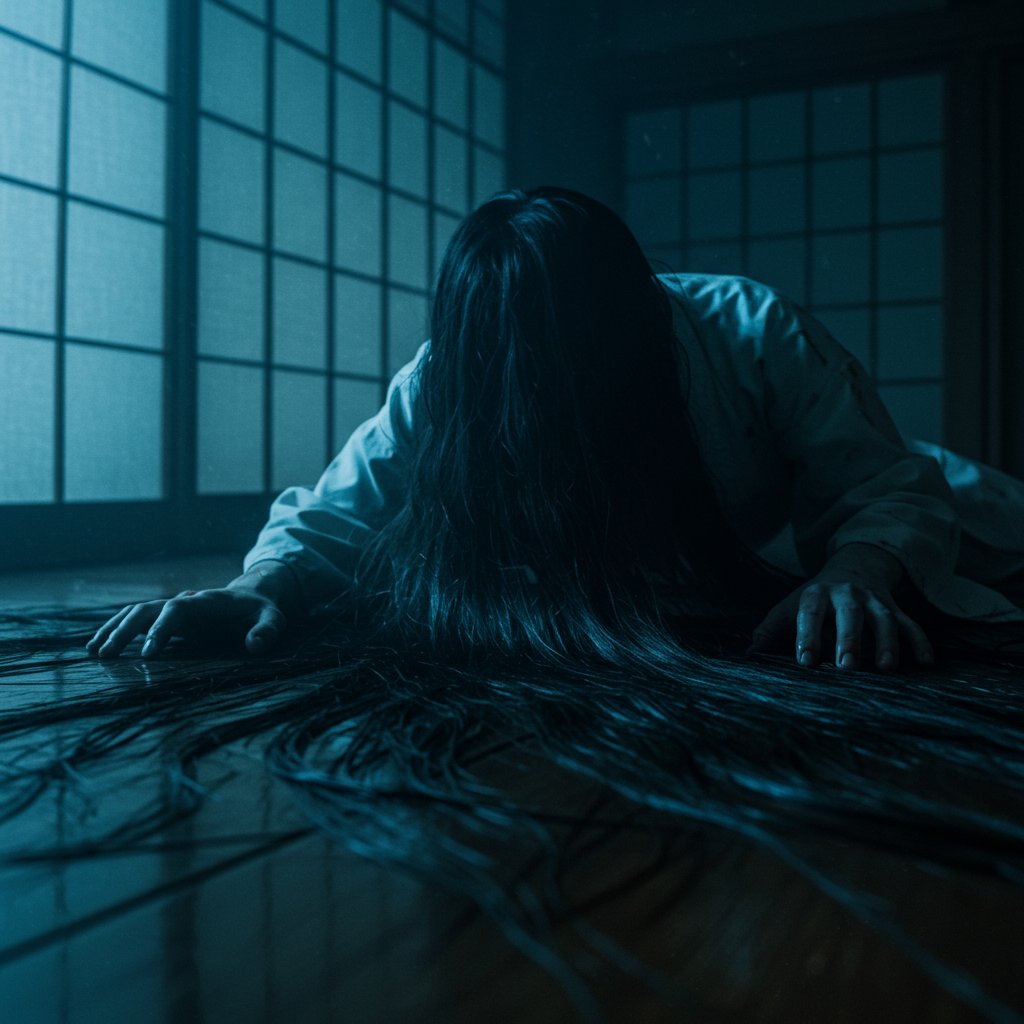
This trope draws on historical context. In Heian-period Japan, the floor-length black hair of aristocratic women was a celebrated symbol of beauty and status. By presenting this same hair as wild, unkempt, and menacing in death, these stories subvert a traditional symbol of feminine beauty and turn it into a manifestation of unrestrained emotion—sorrow, rage, and a thirst for vengeance. The hair becomes a physical representation of the ghost's untethered spirit and the powerful emotions that bind her to the world of the living. It is a potent visual metaphor for a woman's power unleashed from societal constraints, albeit in a terrifying, supernatural form.
The myths and legends of the past offer more than just fascinating stories; they provide a wellspring of inspiration for how we view and style our hair today. By understanding the symbolism behind ancient practices, we can infuse our modern hair routines with deeper meaning and intention. Professional salons are places where transformation occurs, and an experienced stylist can help you channel the power and symbolism of these ancient tales into a look that tells your own unique story.

Like Samson, your hair can be a source of confidence and strength. Embracing your hair's natural texture and vitality is a powerful statement of self-acceptance. Whether you have thick curls, fine straight hair, or anything in between, letting it grow and caring for it with nourishing treatments can be a way to honor your innate power. Discuss treatments that enhance hair health and strength with a stylist to truly let your 'Samson-like' mane thrive.
Channel the spiritual energy of the Celts by incorporating braids and knots into your style. A simple braid can be a daily ritual to focus your intentions, while a more complex updo with interwoven knots can be a protective and empowering style for a special event. These styles are not only beautiful but carry centuries of meaning about connection, strength, and eternity.
In many cultures, cutting hair signifies a new beginning. Think of a haircut not just as maintenance, but as a ritual to release the past and welcome the future. Whether it's a significant chop to mark a major life change or a simple trim to shed old energy, approaching your salon visit with this intention can turn a routine appointment into a transformative experience. Communicate your goals with your stylist, and let them help you craft a new chapter.
1. Why was long hair so important in ancient cultures?
In many ancient cultures, long hair was a symbol of vitality, fertility, spiritual connection, and power. It was often seen as an extension of the soul and a record of one's life experiences. For warriors, it signified strength and ferocity, while for women, it often represented beauty, wisdom, and life-giving energy. It took time and health to grow, making it a visible sign of a person's life force.
2. What does cutting hair symbolize in folklore?
Cutting hair is a powerful and often dramatic act in folklore. It can symbolize loss of power (Samson), mourning and grief (Native American traditions), punishment or subjugation, or a significant life change and rebirth. The context is crucial, but it almost always represents a profound transition or separation.
3. Are there any myths where short hair is powerful?
While long hair is more commonly associated with power, there are instances where cutting hair is an act of empowerment. The story of Joan of Arc, though historical rather than mythological, is a prime example where a cropped, masculine hairstyle symbolized her rejection of traditional female roles and her commitment to her divine mission. In some modern retellings of myths, characters may cut their hair as an act of defiance and self-definition.
4. How did hair color play a role in mythology?
Hair color was often used as a shorthand for character traits. Golden hair, like Sif's, often signified divinity, purity, or connection to the sun and harvest. Red hair, particularly in European folklore, was often associated with magic, passion, a fiery temperament, and sometimes, untrustworthiness or a connection to the supernatural (fairies, witches). Black hair could symbolize mystery, night, and in the case of Japanese Onryō, sorrow and vengeance.
5. What is the significance of red hair in folklore?
Red hair has a particularly charged history in folklore. In Celtic and Norse cultures, it was sometimes associated with gods and heroes like Thor. However, due to its rarity, it was often seen as otherworldly. This led to dual associations: it could be a mark of great passion and courage, or it could be a sign of a temperamental nature, witchcraft, or even vampirism in later European folklore. This ambiguity makes it one of the most symbolically potent hair colors.
6. How can I incorporate these ancient hair traditions today?
You can incorporate these traditions by treating your hair care as a ritual. Style your hair with intention—braid positive thoughts into your hair, get a haircut to symbolize a new beginning, or choose a color that makes you feel powerful. The key is to see your hair as a form of self-expression and a connection to your personal story, just as ancient cultures did.
From the strength of Samson to the spiritual knots of the Celts, the stories woven into hair in mythology and folklore reveal a profound truth: our hair is a powerful extension of who we are. These ancient narratives remind us that hair has always been a canvas for our beliefs, a symbol of our strength, and a testament to our journey. It connects us to our ancestors and to the timeless human desire to express our inner world outwardly.
Today, you are the author of your own hair story. Every color, cut, and style is a verse in your personal epic. Whether you see your hair as a shield, a crown, a comfort, or a bold declaration, it is uniquely yours. By understanding the rich history and symbolism behind it, we can learn to appreciate not just the beauty of our hair, but its deep, narrative power. What story will your hair tell?
Download our app to instantly see how you'd look with any hairstyle or color
Get the App
12 min read

12 min read

14 min read